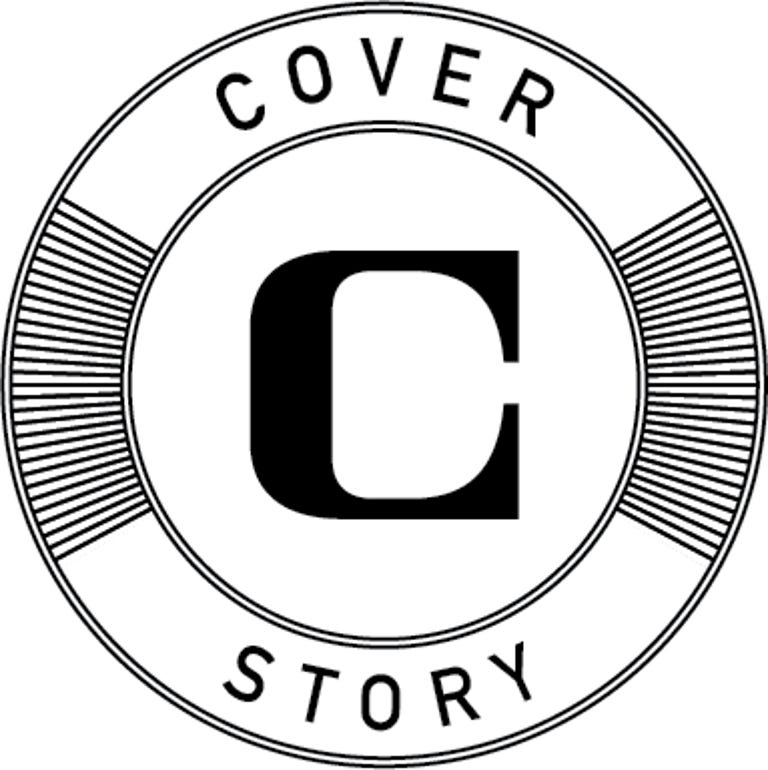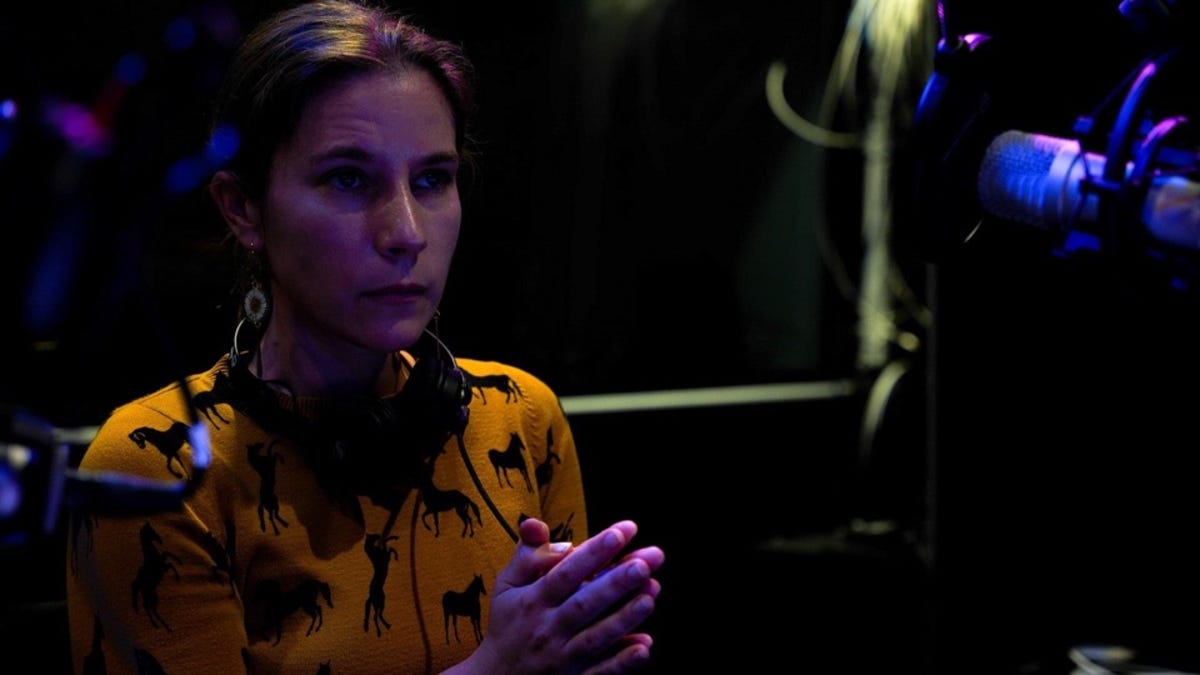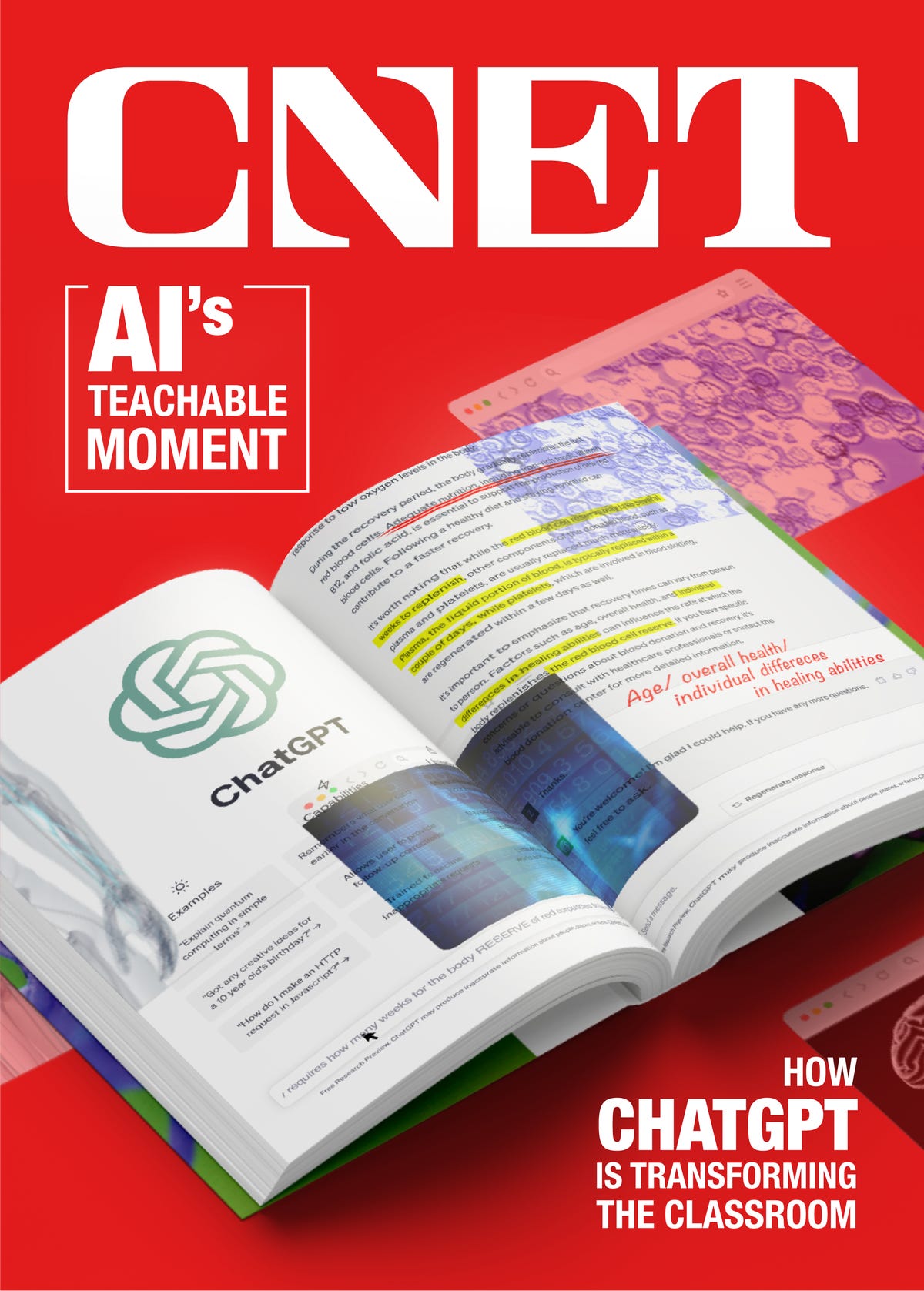My 12-year-old nephew’s bedroom is a shrine to monsters. Intricate Lego dragons loom ominously atop bookshelves jam-packed with reference works for the handmade creatures he painstakingly crafts out of clay. Then there are the paintings. Dozens of them. Plastered over the walls. Giant squid, kaiju, dinosaurs, hulking tentacled beasts of his own invention.
His parents have gone to great lengths to nurture this burgeoning creative spirit. They make stop-motion movies as a family. His dad is teaching him 3D art on the computer. Together they’re learning to use Unity, the design tool behind video games like Hollow Knight, Cuphead and Pokemon Go.
But lately his dad’s been second-guessing those decisions. The reason? AI.
Thanks to the rapid development of artificial intelligence tools like Dall-E and ChatGPT, my brother-in-law has been wrestling with low-level anxiety: Is it a good idea to steer his son down this path when AI threatens to devalue the work of creatives? Will there be a job for someone with that skill set in 10 years? He’s unsure. But instead of burying his head in the sand, he’s doing what any tech-savvy parent would do: He’s teaching his son how to use AI.
In recent months the family has picked up subscriptions to AI services. Now, in addition to drawing and sculpting and making movies and video games, my nephew is creating the monsters of his dreams with Midjourney, a generative AI tool that uses language prompts to produce images.
The whole family is wrestling with the impacts of AI. His mother, my sister-in-law, is a high school science teacher. She’s tackling even bigger issues. She’s in the process of teaching an entire generation of children to interact with technology that could transform the workplace over the coming years.
The questions are many. How do we deal with the immediate issues of cheating and plagiarism? How do educators prepare children for a future working alongside AI?
And how do teachers, institutions and governments find room to plan for the future?
Reading, writing and AI
ChatGPT, an artificial intelligence chatbot developed by OpenAI, has been immediately transformative. And terrifying. Trained on almost incalculable swaths of existing text, ChatGPT takes prompts from users and generates surprisingly sophisticated answers. If, for instance, you ask for a chocolate cake recipe, it provides all the steps. Using ChatGPT can feel like conversing online with a human being who has access to endless repositories of knowledge.
But ChatGPT is far from infallible. The AI tool frequently “hallucinates” wrong answers in response to prompts, and – more troubling – it’s been known to generate misinformation.
Regardless, the raw numbers speak volumes: It took ChatGPT, which launched in late November, five days to hit 1 million users. It took Facebook 10 months to hit the same number. Twitter needed two years.
According to the data, the service regularly sees 1 billion monthly visitors.

Reactions to this technology have been broad and far-reaching. Some people see ChatGPT in apocalyptic terms, as a harbinger of humanity’s inevitable doom. Others see AI as a utopian technology with the potential to dramatically enhance productivity and transform work as we know it.
The US Department of Education has taken notice. In May, it issued a report on AI and the future of teaching, noting that, among other things, AI can support educators, enable new forms of interaction and help address variability in student learning. It also acknowledged worries about student surveillance and the potential for human teachers to be replaced.
Globally, there’s been a huge response. Stanford’s 2023 AI Index noted that as of 2021, 11 countries, including Belgium, China and South Korea, had officially endorsed and implemented an AI curriculum. An Education Department blog post, published in April, said that within five years, AI will “change the capabilities of teaching and learning tools.”
For many teachers, AI is already a source of anxiety.
“Most teachers, if they’re aware of ChatGPT, are a bit freaked out by it,” says Dave Hughes, a high school physics teacher in Sydney, Australia.
Hughes, who keeps up with most cutting-edge technology, was among the first of his peers to start experimenting with AI and language learning models. He’s been trying to get ahead of students, grappling with the multitude of ways he expects generative AI to transform education.
Teachers I spoke with are struggling with the most immediate concern: cheating.
Students are already capable of producing passable essays using ChatGPT. But if they used the correct prompts, they could produce something more sophisticated, often beyond the reach of plagiarism detection software.
“We’re still at the ‘How do we get kids to submit their own work?’ stage,” said Cat, a high school history and geography teacher in Sydney who asked us not to use her full name.
Cat is already seeing the impacts of ChatGPT in the classroom. Almost 20% of essays in one of her recent assessments were flagged for AI plagiarism. A colleague reported that 40% of her students’ submissions didn’t pass AI-checking software. This matches recent surveys showing that ChatGPT-inspired cheating is on the rise.
But for many teachers, AI is just a new time sink in a job packed full of them. Another obstacle that stops teachers from actually teaching or forming crucial student-teacher bonds, or doing the in-person work that changes lives.
Hughes, the physics teacher, has – like many teachers – been messing around with different ways to implement ChatGPT in his classroom. Partly as an experiment, but also to tell his students, “Yes, I am aware of this. No, you will not be able to use AI to cheat in my classroom.”
He’ll openly ask students to use ChatGPT prompts to answer questions on past assessments, then instruct them to critique what comes back. It’s a technique that serves a dual purpose. Not only does it encourage students to understand a topic on a deeper, more fundamental level, it teaches them how fallible and inaccurate ChatGPT can be.
“We’re still at the point of, ‘Hang on, people are gonna cheat with this,'” explains Hughes. “But I’m trying to get kids to think beyond cheating. We need to point out to students that it’s not the be-all and end-all.
“They can’t trust it.”
ChatGPT: ‘This is like fire’
Danny Liu is the interim academic director of education innovation at Sydney University. Late last year, at a working group meeting, he showed ChatGPT to a colleague for the very first time. He said something that surprised Liu.
“He said, ‘Whoa, this is like fire,‘” Liu remembers.
Danny Liu, the interim academic director of education innovation at Sydney University.
Initially, Liu thought the comment was ridiculous, but the more he reflected, the more it made sense. Fire: out of control, dangerous, potentially catastrophic. But with the right guardrails? Transformative, revolutionary.
“I’m sure the first cave people who saw fire for the first time probably threw rocks at the person who made it,” says Liu.
Liu believes that rock throwing is an understandable reaction to AI’s rapid emergence, but that it’s also important to send a balanced message to educators. They need support.
“AI probably does more good than harm,” says Liu. “We just need to figure out how to use it.”
Liu has written extensively about the future of education. He’s enthusiastic about AI and the ways it can empower teachers to focus on what’s really important about education: the students themselves.
He believes AI can actually help make teachers more human.
“The things that we do as teachers transform lives,” says Liu. “We talk with our students. We give them powerful feedback. I see AI helping teachers make more time for those life-changing, transformative things. Freeing up their mental energy so that they can actually do those more human things.”
Liu, alongside his colleagues, has created a number of resources for teachers to help them free up that energy. Liu believes ChatGPT can create first drafts of lesson plans, discussion prompts or tests – functioning almost like an “additional creative brain.”
One specific example Liu and other experts mention is the ability to personalize existing lesson plans for students with unique learning issues. You might ask ChatGPT to tailor a lesson plan for a child with ADHD or a child with disabilities. You could even make it more specific.



